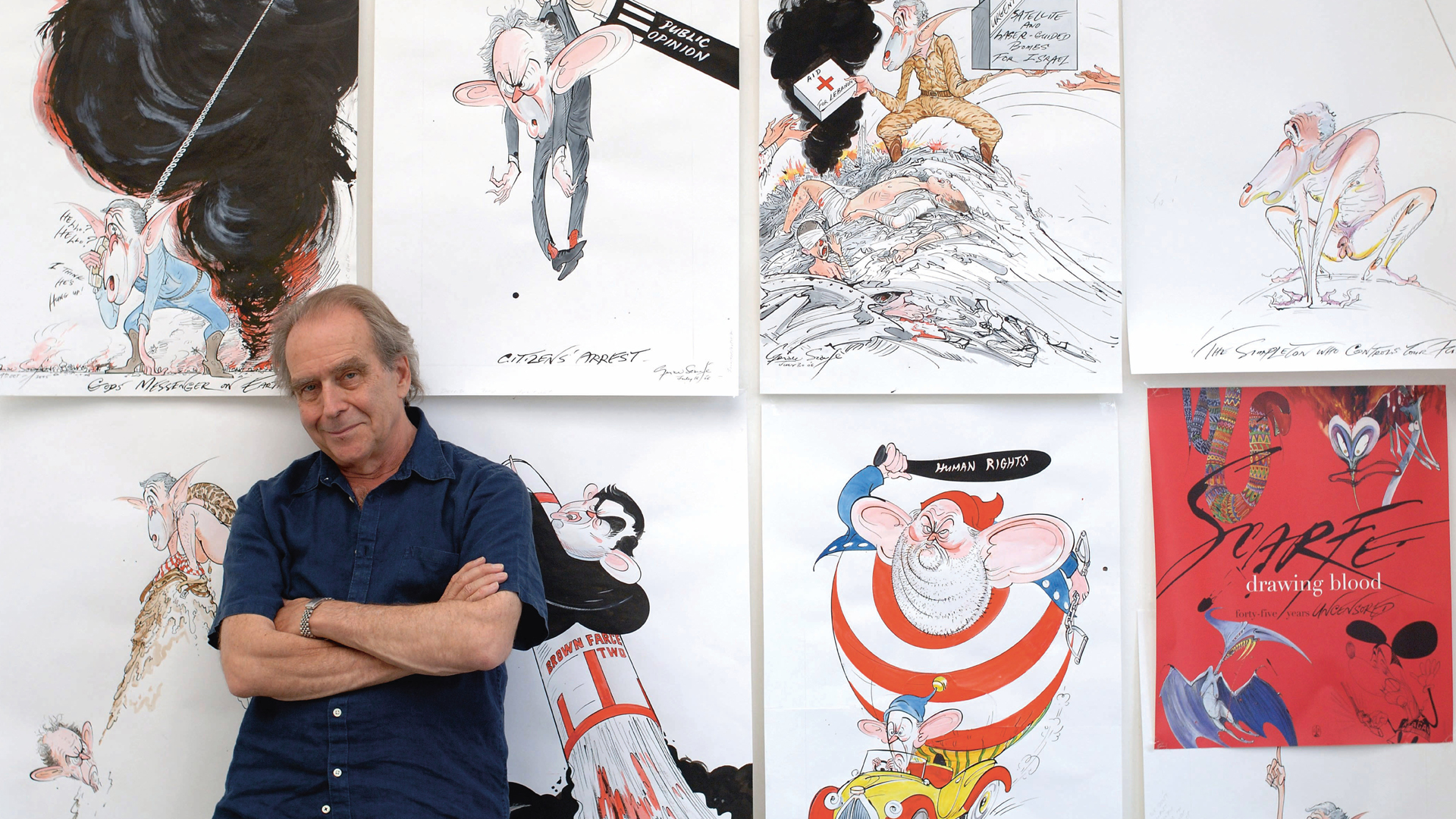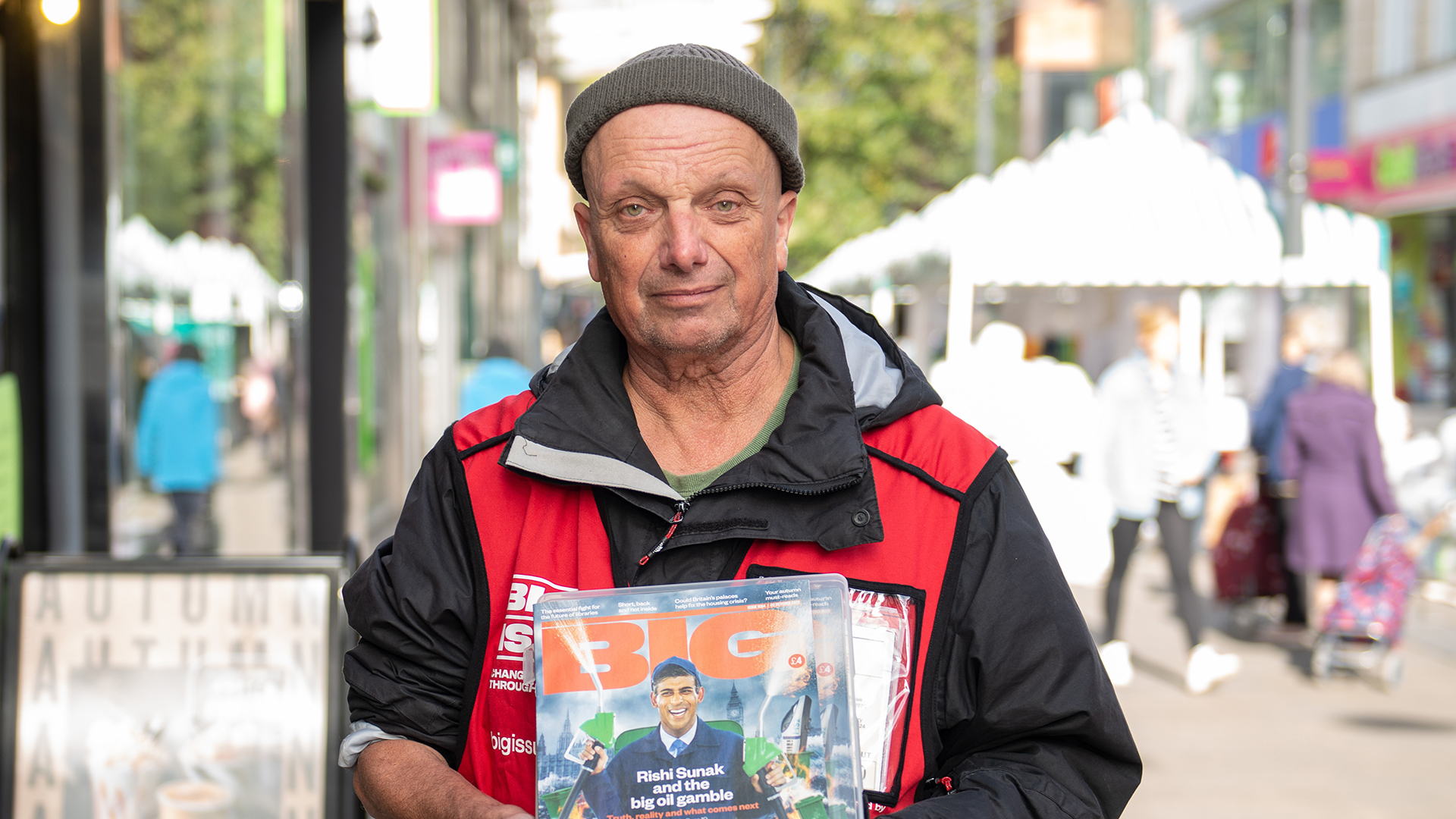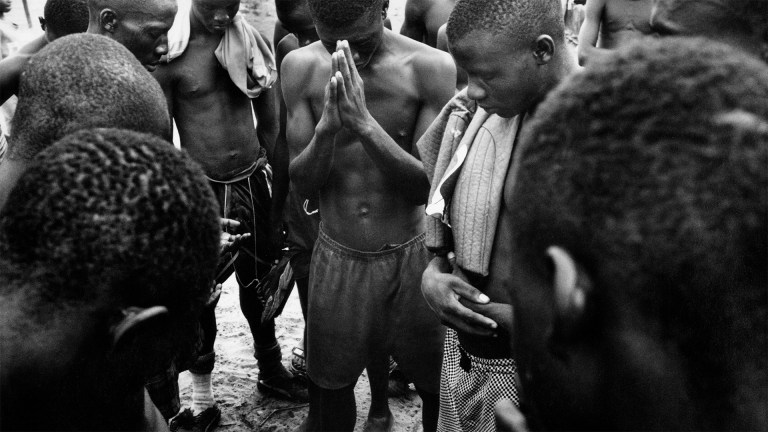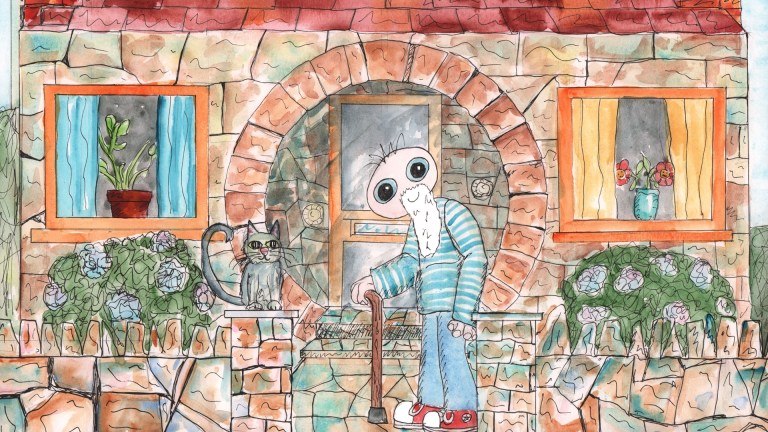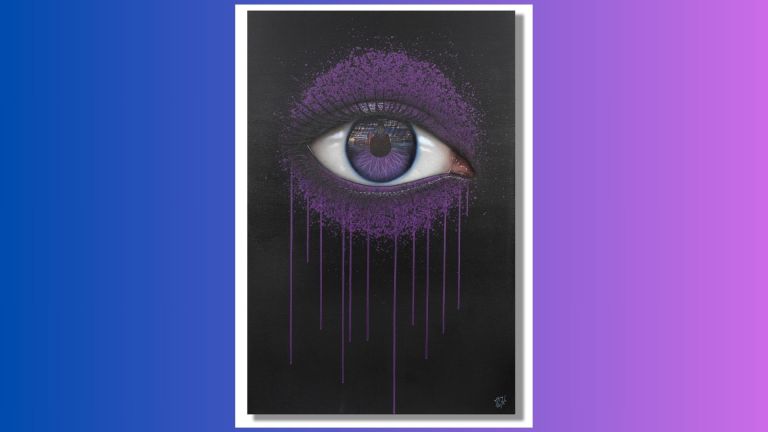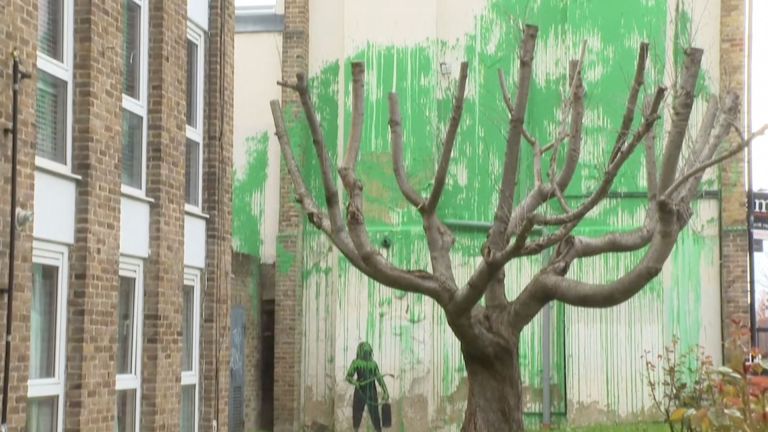Before I was 16 I was constantly bedridden or hospitalised, sick with asthma. Kids don’t want to play with a sick child sitting in his bedroom doing a jigsaw. They want to be outside running, which is what I wanted to do. But by the time I was 16 I was starting to feel much better, like a normal boy – pretty active and very interested in girls. But very unconfident. I was a very shy, diffident young boy, I blushed easily. My life has changed so completely since those days. But the boy is always there inside. You are basically always what you were made to be in those formative years.
I was told I was a good-looking boy but I didn’t feel it. I was fretting about girls. Other boys were getting interest from the opposite sex but I wasn’t. I didn’t go out with a girl till I was 19. Even then, I was no Don Juan. I was so shy. I might go back and tell my teenage self that what girls want is probably just a friendly, reliable friend who will support you while you support them. I’m still not sure I understand girls though I have had a long happy marriage [to actress Jane Asher, whom he married in 1981].
My parents told me I would be reliant on them all of my life and I understand why – I had no prospects whatsoever. The only thing I could do was draw. My dad was a banker who wanted me to be a banker, so it was the opposite end of the spectrum from that. The war had a big effect on the family – my father was in the RAF and away a lot for many of my early years, so my mother was running me and the house. My relationship with her became difficult when I wanted to break free and be myself; I just wanted to leave home. She wasn’t possessive, but – I don’t want to use the word hard, that‘s misleading. But she was assertive. My father was a more gentle person. When I was older, and I had what you’d call a success, I was much more secure in myself, and happy that I’d found what I wanted to do. And I started to get on much better with my parents.
I do pride myself as an artist on being able to draw anything but Vietnam… my God, it was horrific
If I could go back in time, I’d like to go to university. And art school too. I’d have liked to be around other artists. Many people say to me that I am what I am because I didn’t go to art school at that malleable age, where I might have been influenced by other artists and become not so unusual. But during the war we travelled around, following my father, and I’d just go to the nearest school. That lack of formal education has always been a bit of a beef. I set about trying to educate myself, doing a lot of reading about Greek and Roman art, learning French and German, but I felt uneducated and I still feel I have huge gaps of knowledge.
I can’t say for sure why so many of my drawings are of this black, satirical, often grotesque nature. My loneliness and my asthma probably played into the style I developed. It was a very sickly childhood and I think my parents were primed that I was going to die. And I was aware of that constant fear. I understand why – if you’ve ever seen a person heaving with asthma, unable to breathe, it is scary. But that can’t be the only reason I developed the style I did. Researching this book I’ve found out more about my wider family and there does seem to be a certain kind of humour running through it, a bitter, satirical, black sense of humour.
When I started I had no idea my drawings were different from anyone else’s. They were always pretty unusual but when Private Eye came along they – Peter Cook, Willie Rushton, Richard Ingrams – just released me. I could draw what I liked for Private Eye – pubic hair, eyeballs… I never knew I wanted to draw them but once I did I enjoyed it. Then Willie Rushton said I should go for politicians. I drew them in all their nakedness, the most basic truth of them. Sometimes I have gone to exhibitions of my work and been almost embarrassed by this evidence of what’s come out of my own mind; some drawings are so twisted and dark, with so much sexual content. I’m almost shy standing next to them.
